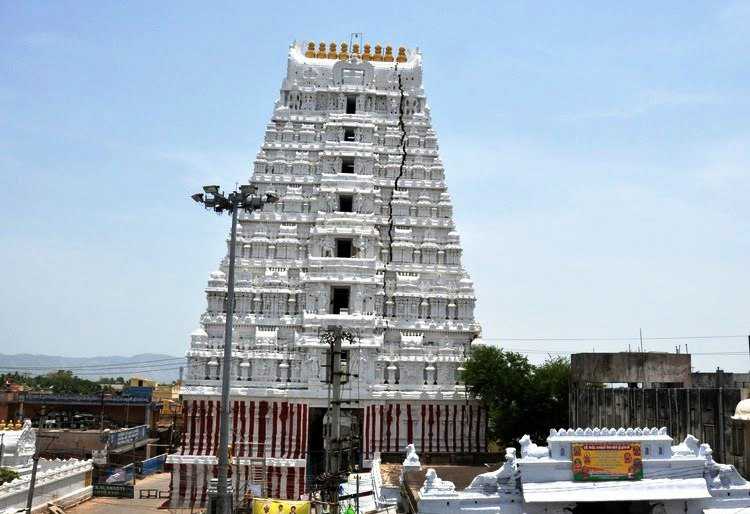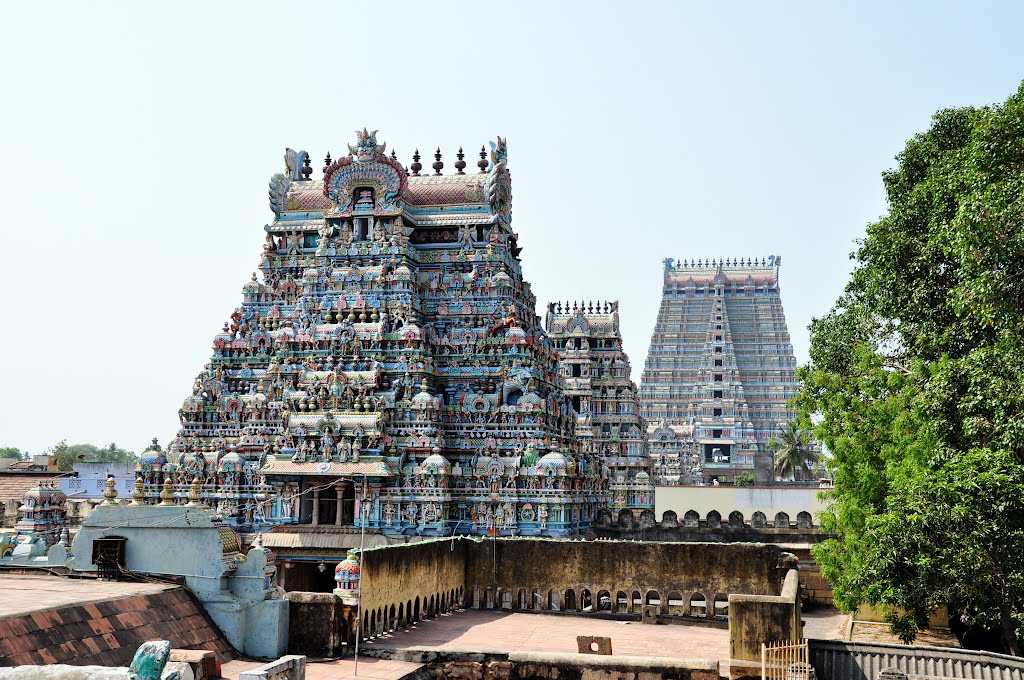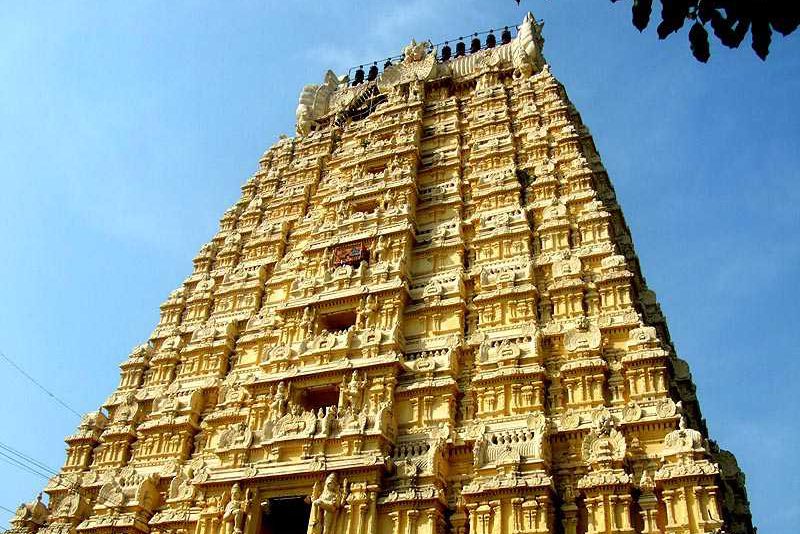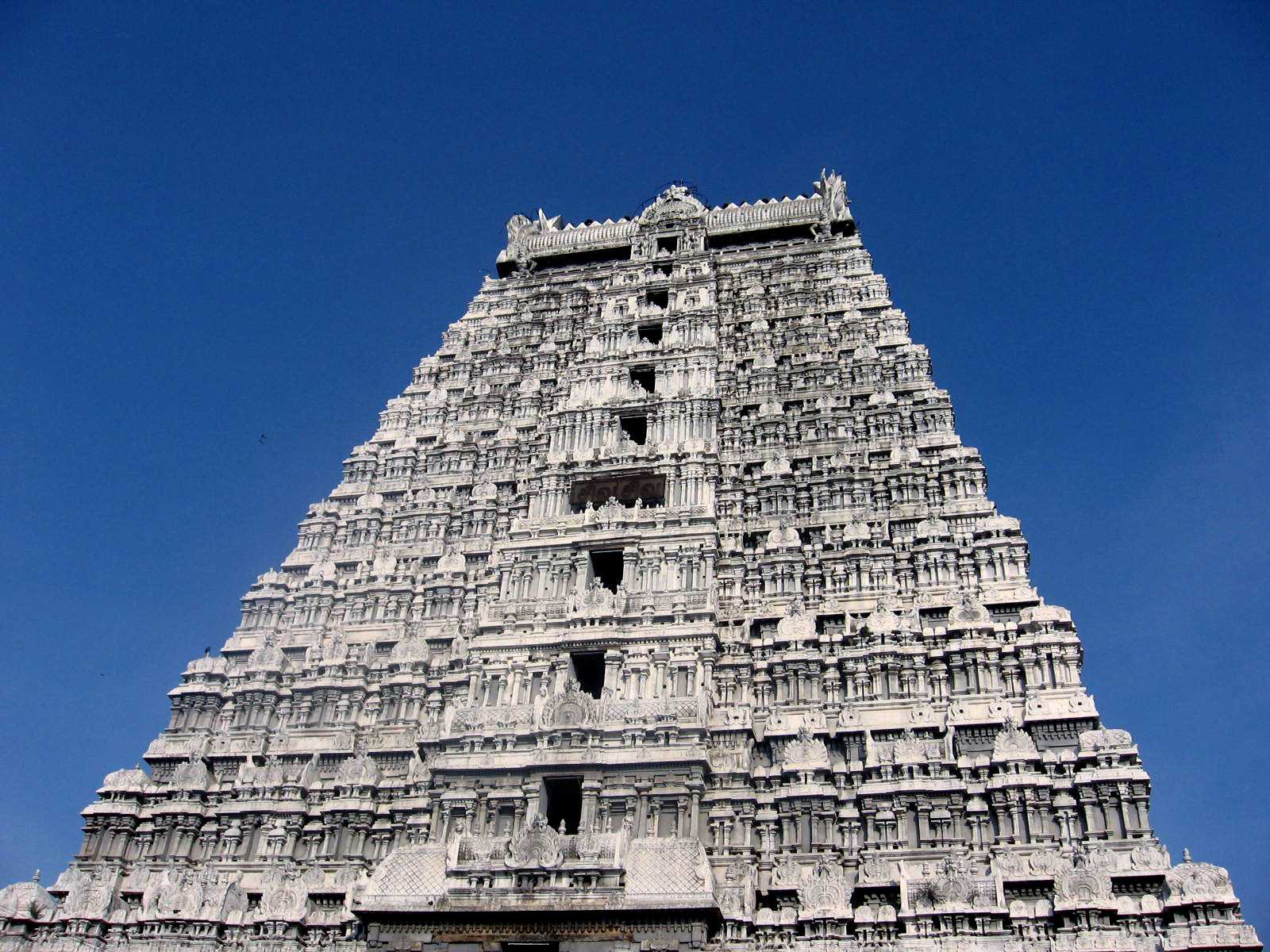No products in the cart.
Pancha Bhoota Lingams
At the highest level, Lord Shiva is regarded as formless, limitless, transcendent, and unchanging. Shiva has many benevolent and fearsome depictions. In benevolent aspects, he is depicted as an omniscient Yogi who lives an ascetic life on Mount Kailash, as well as a householder with wife Parvati and his two children, Ganesha and Kartikeya. In his fierce aspects, he is often depicted slaying demons. Shiva is also regarded as the patron God of yoga, meditation and arts.
The main iconographical attributes of Shiva are :
- The third eye on his forehead.
- The snake Vasuki around his neck.
- The adorning crescent moon and the holy river Ganga flowing from his matted hair.
- The trishula as his weapon. The damaru as his musical instrument.
Practiced widely across all of India, the worship of Shiva is a pan-Hindu tradition where He is usually worshipped in the aniconic form of Lingam. Regarded as the destroyer of ignorance, there are many temples dedicated to Lord Shiva’s worship in India. One such type out of many is the Pancha Bhoota Lingam Temples or Pancha Bhoota Sthala.
They refer to the five Shiva temples, dedicated to Shiva, each representing the manifestation of the five prime elements of nature – land, water, air, sky, fire. ‘Pancha’ indicates ‘Five’, ‘Bhoota’ means ‘elements’ and ‘Sthala’ means ‘place’.
- According to Hinduism, life and the various species originated by the combination of planetary globes and the five manifestations of nature namely air, water, fire, land and sky. Bhoota in Sanskrit means compound and maha bhoota indicates a big compound.
- According to Ayurveda, an ancient Indian medical system, the equilibrium of the body with the pancha bhoota is governed by the principles oftridoshas – kaph (phlegm), pitta (bile), vayu (gas), dhātu and malas (waste products).
Rabindranath Tagore, a nobel lauerate for literature, in his poem, Pancha bhoota, has explained the emotional faculty of the human mind is keenly sensitive to all objects of light, colour, sound, effect of speed, sun, moon and stars.
All these temples are located in South India. The five elements are believed to be enshrined in the five lingams and each of the lingams representing Shiva in the temple have five distinct names based on the elements they represent.
The Shrines are :
- Deity : Jambukeshwar.
- Manifestation : Water.
- Location : Tiruchirapalli, Tamil Nadu.
- Description : The ancient Jambukeshwar temple is dedicated to Shiva and Parvati. The shiva linga here, known as Appu Lingam (Jambu Lingam), signifies the element water. The appu lingam is submerged in water and a perennial sub terrain spring gushes around the lingam. Here Lord Shiva is worshipped as Jambukeshwar and Goddess Parvati is worshipped here as Akhilandeshwari.
- Deity : Arunachaleswar.
- Manifestation : Fire.
- Location : Thiruvannamalai, Tamil Nadu.
- Description : The third temple, Arunachaleswara is the place where Lord Shiva is believed to have appeared in his ‘ardhanarishwar’ form to bless his devotees. The Shiva linga here represents the element fire and is called Agni Lingam (Jyothi Lingam). Shiva is said to have manifested himself in the form of massive column of fire here, whose crown and feet could not be found by the Hindu God of creation, Brahma and Hindu God of preservation (or maintainer) Vishnu. A celebration of this manifestation is seen even today in the age old traditions observed during the festivals of Sivarathri and Karthigai Deepam. Agni Lingam explains the mythics of life – duty, virtue, self-sacrifice and finally liberation by and through ascetic life at the end of Agni kalpa.
- Deity : Kalahastheeswar.
- Manifestation : Air.
- Location : Srikalahasti, Andhra Pradesh.
- Description : The is Sri Kalahastheeswara temple has the shivalinga which represents the element air and is known as Vayu Lingam. Lord Shiva is worshipped here as Srikalahastheewar and Goddess Parvati is worshipped here as Gnanaprasunambika.
- Deity : Ekambareswar.
- Manifestation : Earth.
- Location : Kanchipuram, Tamil Nadu.
- Description : Ekambareshwar temple signifies the element earth. The presiding deity here is Shiva who is worshipped here as Ekambareshwar. The Shivlinga here is known as Prithvi Lingam.
- Deity : Nataraja
- Manifestation : Sky.
- Location : Chidambaram, Tamil Nadu.
- Description : The fifth Temple Chidambaram has Lord Shiva in the form of the cosmic dancer, Nataraja. This Temple is dedicated to both Lord Vishnu and Lord Shiva. Here the shivalinga represents the element sky and is called Aagaya Lingam (Akasha Lingam).
Each of these temples is rich in legend, history, sculptural wealth and festival traditions and is visited by people all over the world.





